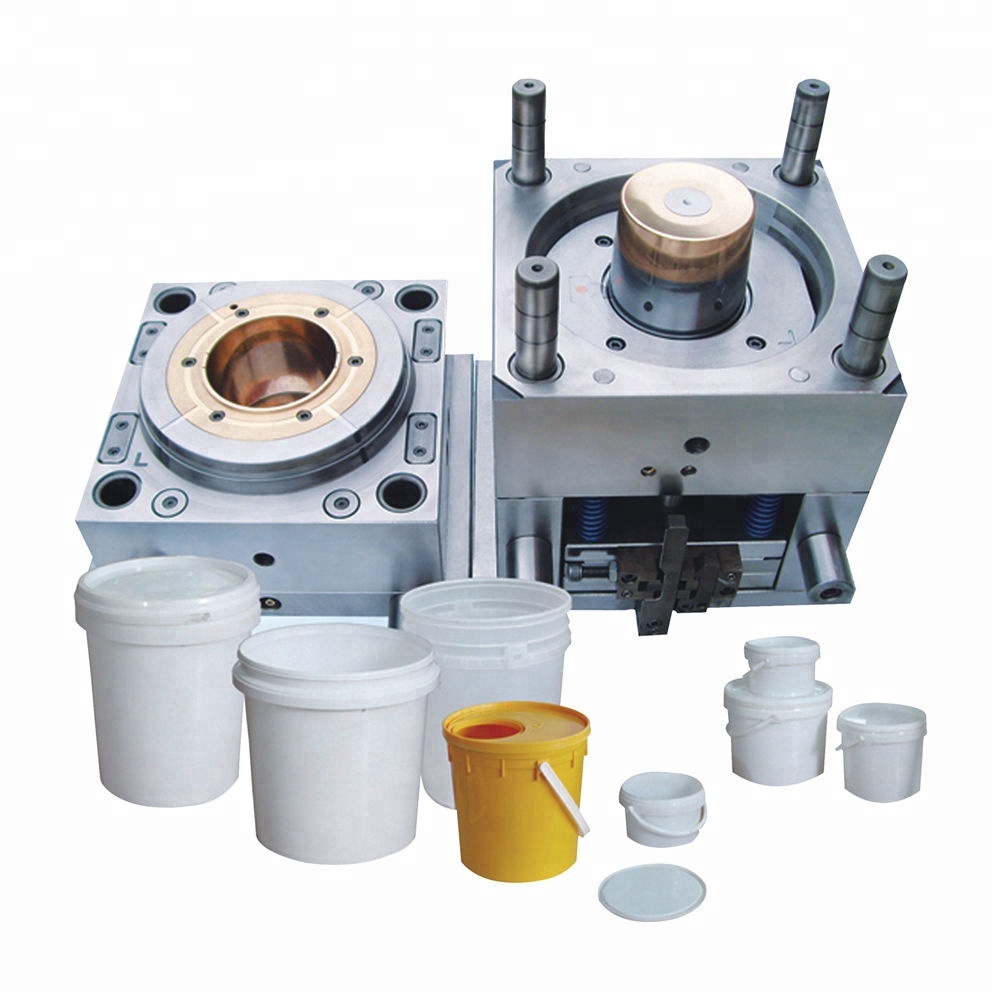Maintenance purpose: To ensure the normal production of the mold, reduce faults and quality problems, and prolong the service life of the mold.
Maintenance before, during and after the production of the mold, maintenance items and precautions:
Mold maintenance before production:
Scrub the dust, oil and rust on the surface of the mold, remove the dirt on the surface, and then put the mold on the injection molding machine.
Use air or rags, detergent or alcohol (alcohol for mirror molds) to clean the oil on the mold surface.
Detect whether there are foreign objects in the cooling water channel of the mold to ensure the smooth flow of the water channel.
Check whether the arc in the sprue bushing of the mold is damaged, whether there is any residual foreign matter, and if there is any, it must be cleaned.
Moving parts: such as thimbles, springs, hydraulic cylinders, sliders, whether they are rusted, bent, broken, and whether the activities must be smooth.
Injection mold maintenance specifications in three cases
https://en.wikipedia.org/wiki/Injection_moulding
Maintenance of molds in production:
Check and maintain the molds produced on the machine every day.
Check the guide post, guide sleeve, and slider of the mold for damage and foreign matter on them, and perform oil maintenance on them once a day.
Clean the foreign matter and oil stains on the parting surface and exhaust groove of the mold, and wipe it with air q or rags, detergent or alcohol once a day for maintenance.
https://www.sciencedirect.com/science/article/pii/S187705092300279X
Maintenance of the mold after production:
Inspect each part of the mold for damage.
Clean up the oil stains on the parting surface and the remaining sundries in the cavity, and spray anti-rust oil.
Blow off any remaining water on the cooling channels.
Precautions:
Be sure to wear labor protection supplies when maintaining the mold. Overweight objects must be operated with a crane. It is strictly forbidden to lift the mold directly by hand to prevent injury to the limbs.

The anti-rust of the mold is necessary. After the maintenance of the mold, special attention should be paid to the anti-rust action of the mold. The remaining water inside the water channel must be dried with air.
Adding too much lubricating oil will not bring better lubricating effect, just the right amount.
After the mold is maintained and installed, it is necessary to pay attention to the number and direction of the inserts and other parts and not to install them wrongly. Check whether the screws are completely used up. When installing the screws, they must be locked diagonally.
The occurrence of deformation, bending and twisting of injection molded products is mainly due to the fact that the shrinkage rate in the flow direction is larger than that in the vertical direction during plastic molding, which makes the parts warp due to different shrinkage rates in each direction. There is a large internal stress remaining inside the part to cause warping, which are all manifestations of deformation caused by high stress orientation. Therefore, fundamentally speaking, the mold design determines the warping tendency of the workpiece. It is very difficult to suppress this tendency by changing the molding conditions. The final solution to the problem must start with the mold design and improvement. This phenomenon is mainly caused by the following aspects: https://solidcomould.com/product/armless-chair-with-metal-leg-mould/
- Mold aspect:
(1) The thickness and quality of the workpiece should be uniform.
(2) The cooling system should be designed to make the temperature of each part of the mold cavity uniform, and the gating system should make the material flow symmetrical to avoid warping due to different flow directions and shrinkage rates, and appropriately thicken the runners and main flow of the difficult-to-form parts Road, try to eliminate the density difference, pressure difference, temperature difference in the cavity.
(3) The transition area and corners of the thickness of the workpiece should be smooth enough and have good demoulding properties, such as increasing the demoulding margin, improving the polishing of the mold surface, and maintaining a balanced ejection system.
(4) The exhaust should be good.
(5) Increase the wall thickness of the part or increase the anti-warping direction, and use the rib to enhance the anti-warping ability of the part.
(6) The strength of the material used in the mold is insufficient.
- In terms of plastics:
Crystalline plastics have more chances of warping and deformation than amorphous plastics, and crystalline plastics can use the crystallization process in which the degree of crystallinity decreases with the increase of cooling rate and the shrinkage rate becomes smaller to correct warping deformation.
- Processing:
(1) If the injection pressure is too high, the pressure holding time is too long, the temperature of the melt is too low and the speed is too fast, the internal stress will increase and warpage will occur.
(2) The mold temperature is too high and the cooling time is too short, which will overheat the part during demoulding and cause ejection deformation.
(3) Reduce the screw speed and back pressure to reduce the density while maintaining the minimum filling amount to limit the generation of internal stress.
(4) If necessary, the parts that are easy to warp and deform can be softly set by the mold or removed from the mold after the rice is removed.
Injection mold maintenance specifications in three cases